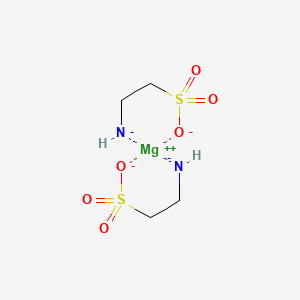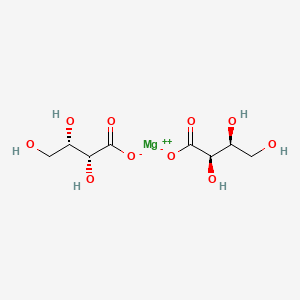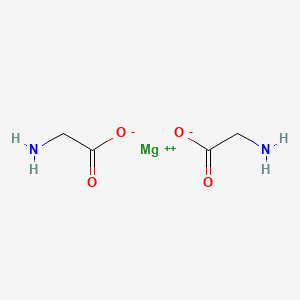
Magnesium Taurinate

Magnesium Threonate

Magnesium Glycinate
Taurinate
Threonate
https://pubchem.ncbi.nlm.nih.gov/compound/Magnesium-taurinate

Magnesium Taurinate

Magnesium Threonate

Magnesium Glycinate
Taurinate
Threonate
https://pubchem.ncbi.nlm.nih.gov/compound/Magnesium-taurinate
Glyphosate is known to chelate or bind with magnesium ions and other divalent cations.
Chelation: Glyphosate acts as a chelating agent, meaning it forms stable complexes with metal ions, including magnesium (Mg²⁺).
Reduced Availability: When glyphosate binds to magnesium, it reduces the availability of these essential minerals to plants. This can impact plant growth and health because magnesium plays a crucial role in processes like photosynthesis.
Impact on Herbicide Effectiveness: Hard water, which contains high concentrations of magnesium and calcium ions, can interfere with the effectiveness of glyphosate-based herbicides.
The positively charged magnesium ions bind with the negatively charged glyphosate molecules, making the herbicide less readily absorbed by plants.
Magnesium can promote the formation and enhance the survival of chondrocytes, the specialized cells responsible for producing healthy cartilage.
Magnesium ions (Mg2+) play a beneficial role in cartilage health and repair. They promote chondrocyte viability, matrix synthesis, and the proliferation of bone marrow-derived stromal cells. Mg2+ can also enhance chondrogenesis by synovial mesenchymal stem cells.
Magnesium plays a crucial role in maintaining hair health, particularly by impacting keratin production and follicle strength. Magnesium is essential for protein synthesis, including keratin, the main protein in hair.
It also helps maintain healthy hair follicles by reducing calcium buildup on the scalp, which can clog follicles and hinder hair growth. Furthermore, magnesium aids in blood flow to the scalp, delivering vital nutrients to the hair follicles.
Magnesium ions are associated with tubulin and play a crucial role in microtubule assembly and dynamics.
Magnesium ions mediate ligand binding and conformational transition of the SAM/SAH riboswitch
https://www.nature.com/articles/s42003-023-05175-5
..
SAM/SAH Riboswitch deactivation is likely responsible for the Homocysteine problems, where the metabolism gets locked up with a cascade of Inflammation.
Magnesium facilitates the release and function of GABA in the brain. It acts as a cofactor for enzymes involved in GABA synthesis, ensuring that our calming neurotransmitter is produced in adequate amounts.